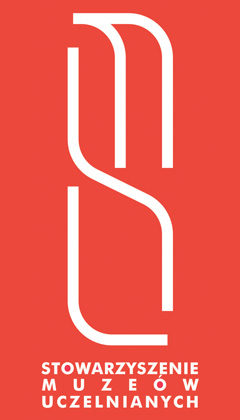Museum of the Department of Anatomy
Jagiellonian University – Medical College
ul. Kopernika 12
31-034 Kraków
Tel. (12) 422 95 11
anatomia@cm-uj.krakow.pl
Group visits and self-guided visits (advance booking is essential). Please contact Jacenty Urbaniak (Tel. 691 500 900 – 9 am – 2 pm / or mburbani@cyf-kr.edu.pl)
The first specimens – 12 prepared bones and fetuses – were delivered to Kraków from Vienna in 1803, hence before the establishment of the Museum of the Faculty of Anatomy. In 1816 there were 141 items listed in the inventory including pathoanatomical specimens (e.g. gallstones and kidney stones). The inventory drawn up in 1869 already included 1,068 specimens. In order to enlarge the collection, a public appeal was made to bring in all kind of animals, including exotic ones. The most valuable and carefully prepared objects were those made by Teichmann, Kostanecki (on the basis of which he developed his comparative anatomy of the caecum in vertebrates), Bochenek’s bone preparations, preparations from the interwar and postwar period made by the department’s assistants, and also embryological models mainly provided by Kostanecki. The museum consists of three exhibition rooms. The first contains a display of osteological and arthrological specimens as well those related to comparative anatomy and anthropology. In the second room there is a collection of specimens dissected and then stained with formaldehyde solution, which are stored in air-tight jars or specially adapted transparent containers: these include anatomical specimens related to the neck and head (including numerous anatomical specimens of the central nervous system), the thoracic cavity, the abdominal cavity and the pelvis. The room also houses development models brought in during the interwar period by Prof. Kazimierz Kostanecki. The last room, named after Prof. Ludwik Teichmann, is the pride of the museum. It is where the oldest preparations which were made by Teichmann himself are on display and they are still to this day a model of the diligence, dexterity and skill of making anatomical specimens. The Museum of the Department of Anatomy of the Jagiellonian University Medical College is intended mainly for organized groups: secondary school students specializing in biology and chemistry or medicine and students and graduates of medical schools. Due to the specific nature of the museum’s collection it is forbidden to photograph and film the exhibits.




